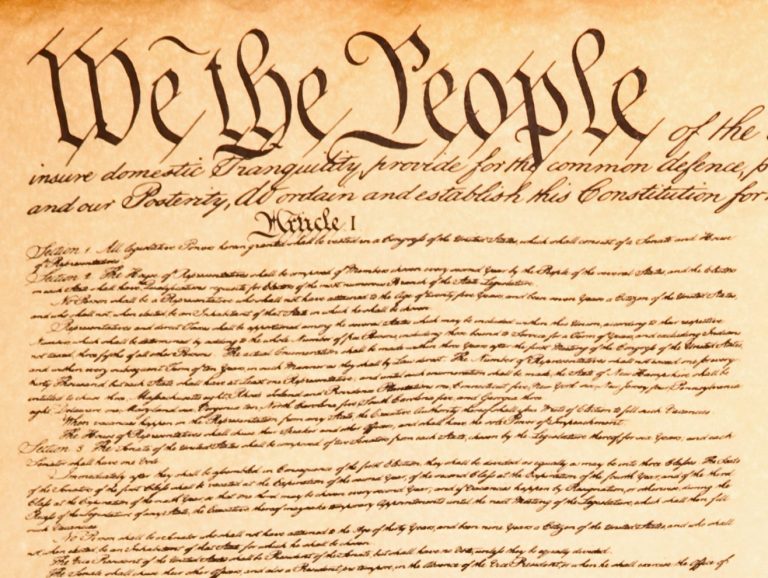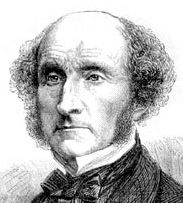Article 2, Section 4 of the Constitution governs impeachment. It provides that “The President, Vice President and all civil Officers of the United States, shall be removed from Office on Impeachment for, and Conviction of, Treason, Bribery, or other high Crimes and Misdemeanors.” This text is clear and unambiguous. Only a currently sitting President can be convicted of the crimes listed. A private citizen who had previously been President is not covered. Impeachment of an ex-President is impermissible. It is as simple as that.
The Constitution states that the impeachment and conviction provisions of Article 2 apply only to certain stated “Officers” of the United States. The clear language of Article 2 leaves no doubt regarding the Founders intent. The list of such Officers begins with “The President,” a capitalized term in the constitutional text.
The plain meaning of the language, with a direct reference to “[t]he President” [emphasis added] applies only to a person who is in fact the President. Any other claim is ab absurdo. An ex-President is not “the President” [emphasis added] encompassed by this Constitutional text.
Further to this point, the unambiguous language of the text states “[t]he President . . . shall be removed from Office on Impeachment for, and Conviction…” Again, as applied here the only person who “shall be removed from Office” is “the President”. And of course, by definition, a person who is not “the President” at the time of a conviction cannot be removed from Office because that person is not in the Office at the time of conviction.
The Constitutional text is plain and unambiguous. Only a tortured reading of the Article 2 language supports a claim that the text applies to anyone who is not “the President.” Only a further tortured reading of the Article 2 language supports a claim that someone who is not the President can nevertheless be removed from the Office upon conviction.
Alleged “Scholarly” Arguments Based on Article 1 are Spurious
Some constitutional “scholars” have argued that the provisions of Article 1 support the proposition that an ex-President may be convicted. But Article 1 is a remedy provision. It addresses the remedies that may apply to a President who has been convicted under Article 2. Without an Article 2 conviction, the Article 1 provisions do not come into play. Article 1 is therefore inapplicable unless, and until, a “judgment” of conviction has been rendered. (As a sidebar, so-called “scholars” are no more qualified to render a view on this issue than laymen. Indeed, there is too much deference granted to claimed “scholars”).
This Article 1 approach is indistinguishable from basing a legal cause of action upon the remedies available if the premises for the action are proven. Those types of complaints are dismissible on their face. And those types of bootstrap arguments carry no water. Grounding a claim that an ex-President is subject to an Article 2 trial within a “remedy” argument assumes away the initial Constitutional question. The threshold issue is whether impeachment of an ex-President can occur and whether and ex-President may be convicted. And this issue is resolved by reference to the plain language of Article 2.
There is no doubt that the Constitutional draftsmen only intended for the impeachment process to apply to sitting Officers of the United States. There is simply no logic that reasonably supports a different claim. Once a President is an ex-President, any need to remove him is gone.
Some claim that the impeachment process should cover an ex-President who is otherwise eligible under the Constitution to seek office once again, But that remedy is simply not grounded in the Constitution. Nor should it be. Those questions are best left for the people to decide at the ballot box.
